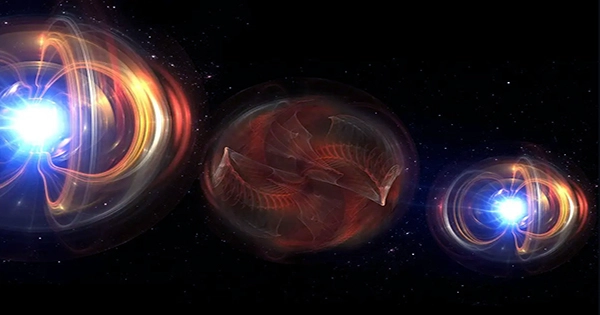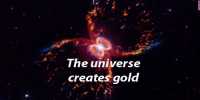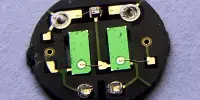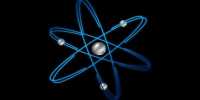University of Delft researchers have made a tiny but significant step toward the establishment of a quantum internet, the next-generation network that will connect the most capable computers ever constructed. In a three-node quantum network, they conducted quantum teleportation between two non-neighboring nodes. This ground-breaking achievement is critical for the precise and secure transfer of data between quantum computers. The feat was documented in the journal Nature.
Quantum computers are a new type of computer that has the potential to change everything from medicine design to cosmology research. Because of the strange aspects of quantum physics, they can quickly surpass even the most modern supercomputer — but those same properties bring very distinct technological problems. Sending quantum states over fiber optics would result in lost information, therefore communication between devices is one of them. Quantum teleportation is required for high-fidelity transmissions. It had previously been proved that quantum teleportation between two nodes next to one other is conceivable, and this research proves that you can still transfer quantum information when a third node is present.
The first step is to build the teleporter by enttangling the two nodes A and C (or Alice and Charlie) that are not nearby. Another fascinating and intriguing quantum mechanical feature is this. Even if its components are on opposite sides of the universe, the attributes of an entangled state change instantly. And this modification isn’t incompatible with relativity (but more on that in Step Four). The in-between node B is used for this (or Bob). Alice and Bob become involved first, followed by Bob and Charlie. Then, owing to a quantum mechanical “sleight of hand” involving Bob, Alice and Charlie become entangled.
The quantum bit, or qubit, is created in the second step. A qubit encodes information in the same way that a typical bit in your computer or phone does, but with additional quantum mechanical oomph. The Charlie node is used for this. Step Three is the actual teleportation, which you may do after you have your qubit and teleporter. The information in the Charlie node vanishes when a precise measurement is performed on it, yet it reappears safe and sound in the Alice node owing to quantum mechanics’ features.
Even if you could locate the two nodes billions of light-years apart, this happened instantly. However, information has not gone faster than the speed of light since Alice can only extract information from the qubit by utilizing Charlie’s measurement result. Step Four is the transmission, which occurs at the speed of light or faster. This enables Alice to do the right procedure and get the quantum data. In the Delft team’s experiments, teleportation worked. The team is currently looking on reversing Steps One and Two, since it would make more sense to have your data first and then connect the systems to transfer it around. However, in quantum physics, storing your qubits without accumulating mistakes is extremely difficult. Although the Quantum Internet is still a decade away, research like this gives us a glimpse into the future of communication.















